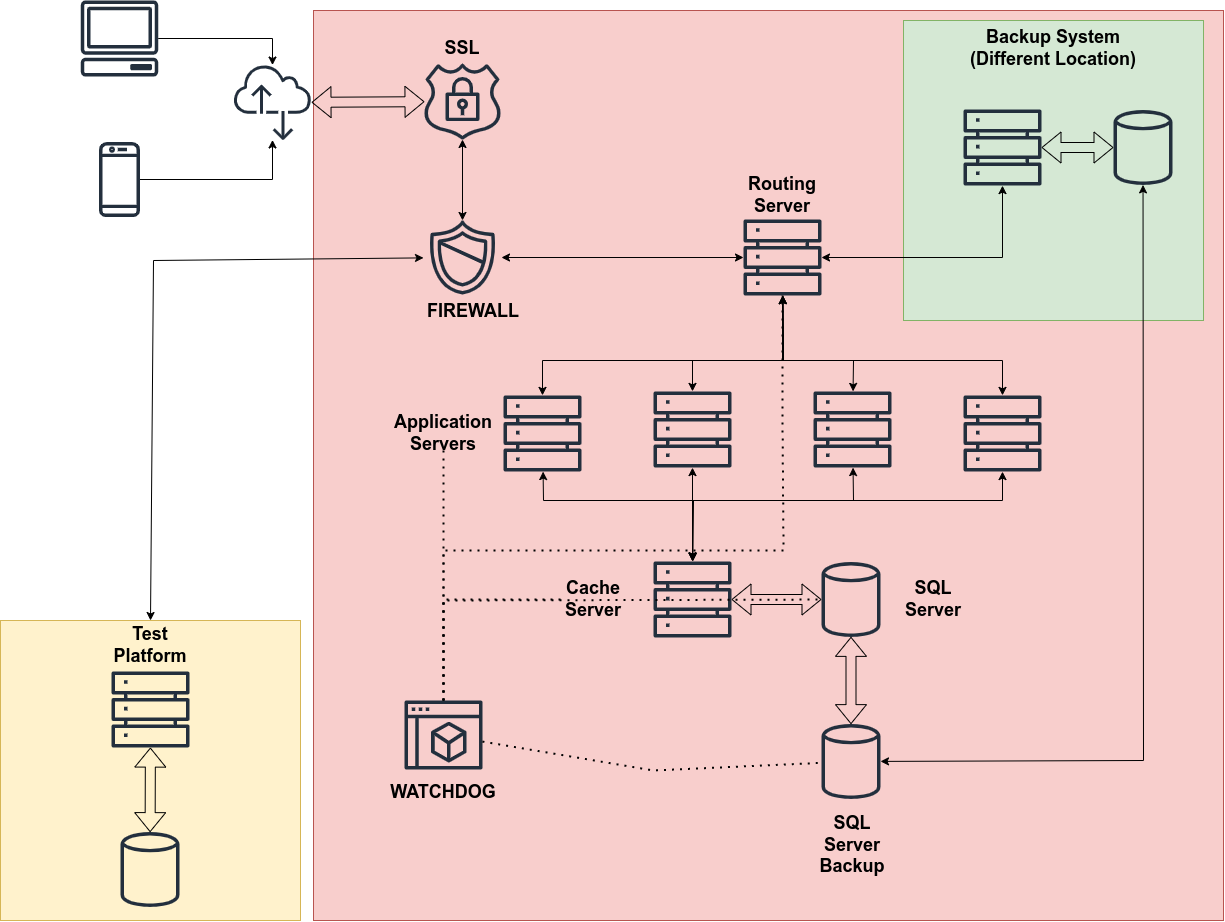
Server & VPS & CDN
As strain increases on a website or business application, eventually, a single server cannot support the full workload. To meet demand, organizations spread the workload over multiple servers. Called "load balancing," this practice prevents a single server from becoming overworked, which could cause it to slow down, drop requests, and even crash.
Load balancing lets you evenly distribute network traffic to prevent failure caused by overloading a particular resource. This strategy improves the performance and availability of applications, websites, databases, and other computing resources. It also helps process user requests quickly and accurately.
From a user perspective, load balancing acts as an invisible facilitator that sits between a client and a group of servers, ensuring connection requests don’t get lost. Without load balancing, applications, websites, databases, and online services would likely fail when demand gets too high. A single high-traffic website may field hundreds or thousands of user requests at the same time. It needs multiple servers to accurately populate webpages with the requested information, including text, photos, video, and audio streaming.
You will often find load balancing in use at server farms that run high-traffic websites; it is also used for Domain Name System (DNS) servers, databases, and File Transfer Protocol (FTP) sites. If a single server handles too much traffic, it could underperform or ultimately crash. By routing user requests evenly across a group of servers, load balancers minimize the likelihood of downtime. They do this by rerouting traffic to other servers in the group if one should fail. When adding a new server to the server pool, a load balancer automatically includes it in the process of traffic distribution.
Load balancing acts as a “traffic cop,” bringing order to a potentially chaotic situation. In certain environments, such as applications and virtual infrastructures, load balancing also performs health checks to ensure availability and prevent issues that can cause downtime. Load balancing can even provide centralized security across the group of servers that is easier to manage.
Load balancing performs these critical tasks:
Manages traffic spikes and prevents spikes on a single server
Minimizes user request response time
Ensures performance and reliability of computing resources, both physical and virtual
Adds redundancy and resilience to computing environments